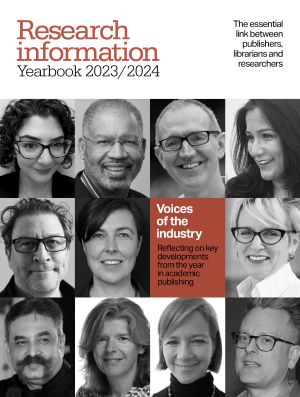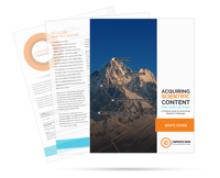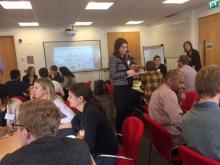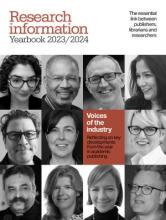The current approach to peer review training is flawed and it’s crippling researcher development and scholarly communication. Publons, the network of expert peer reviewers, has developed an innovative online program for institutions to tackle this
Viewpoint
So close, and yet so far. Is that how many documents seem to you? Getting what you want – when, where, and how you want it – can be a real pain. That’s why we created a concise guide to getting around the obstacles that stand between you and the information your organization needs.
This November, 120 information professionals attended the inaugural OpenAthens Customer Conference to discuss the key issues facing libraries, publishers, and technolo
Peer. Review. Two simple words, but join them up and you have one of the most crucial and heavily discussed areas of the journal publishing world.
Publishers and editors want evidence and the ability to test assumptions when making strategic decisions about the direction of a journal or programme. Data visualisation delivers faster, deeper insights and better answers to questions about the health of a journal programme.










